Optimal Seasons for Waterproofing Projects
Proper timing for waterproofing projects ensures maximum effectiveness and durability. The optimal periods typically depend on weather conditions, temperature ranges, and moisture levels. Conducting waterproofing during suitable seasons can prevent issues such as leaks, mold, and structural damage over time.
Spring offers moderate temperatures and increasing moisture levels, making it an ideal time for waterproofing before heavy rains.
Summer provides warm, dry conditions that facilitate proper curing of waterproofing materials, especially in regions with high humidity.
Fall's cooler temperatures and lower humidity levels help ensure waterproofing products set correctly before winter.
Winter is generally not recommended due to freezing temperatures that can impede the application and curing of waterproofing materials.

Ways to make Waterproofings work in tight or awkward layouts.
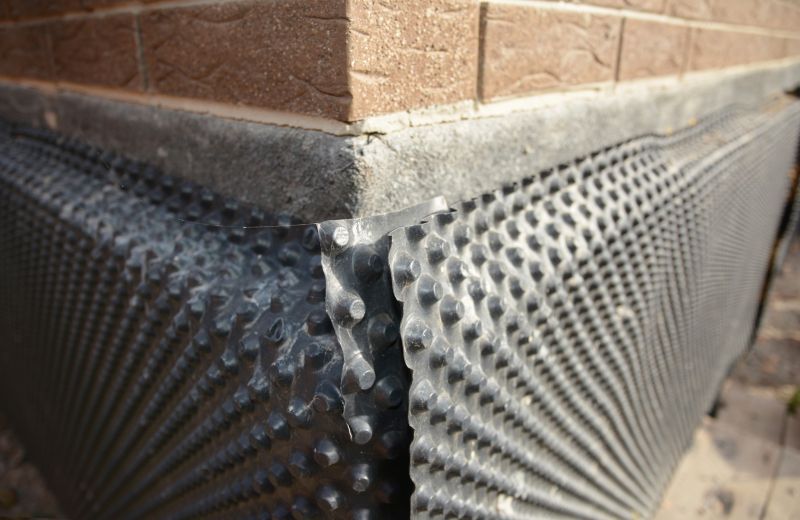
Popular materials for Waterproofings and why they hold up over time.
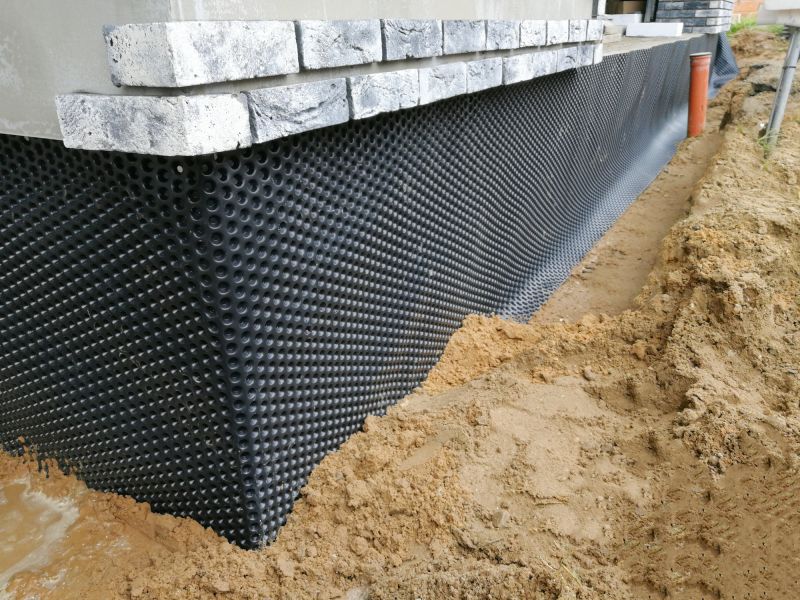
Simple add-ons that improve Waterproofings without blowing the budget.
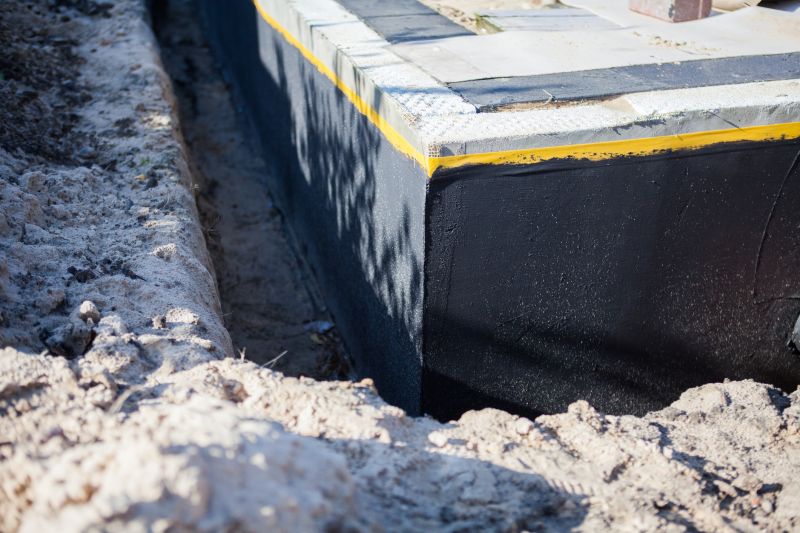
High-end options that actually feel worth it for Waterproofings.
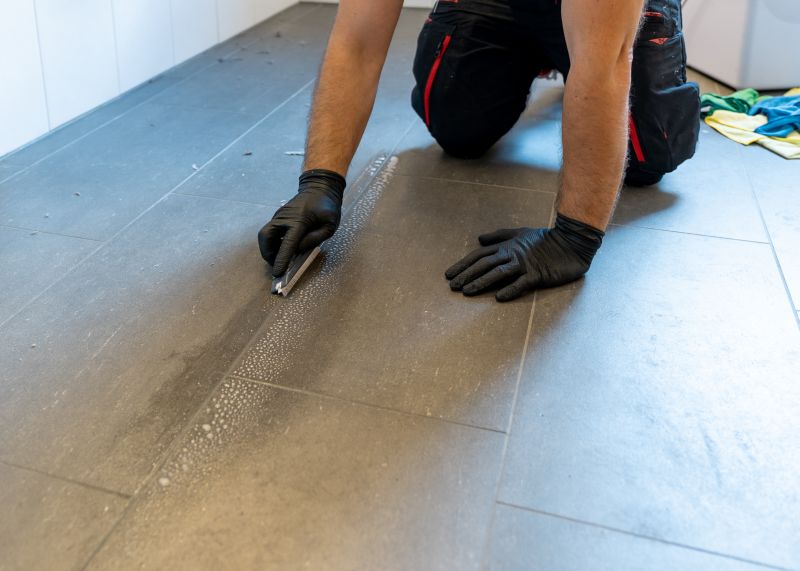
Finishes and colors that play nicely with Waterproofings.
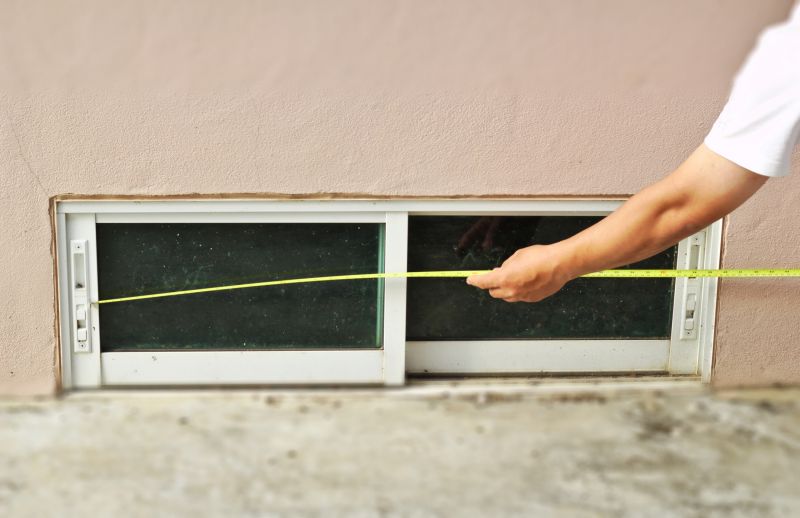
Little measurements that prevent headaches on Waterproofings day.
Waterproofing is a critical component of building maintenance that protects structures from water intrusion and damage. It involves applying specialized materials to surfaces such as roofs, basements, foundations, and walls to create a barrier against moisture penetration. Proper waterproofing can extend the lifespan of a property, prevent costly repairs, and maintain structural integrity.
Statistics indicate that water-related damages account for a significant portion of property repairs, with some estimates suggesting billions of dollars annually in the United States alone. Effective waterproofing reduces these risks by preventing leaks, mold growth, and structural deterioration. Choosing the right timing and materials for waterproofing projects is essential for long-term protection and performance.
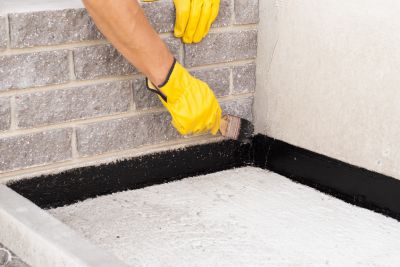
A 60-second routine that keeps Waterproofings looking new.
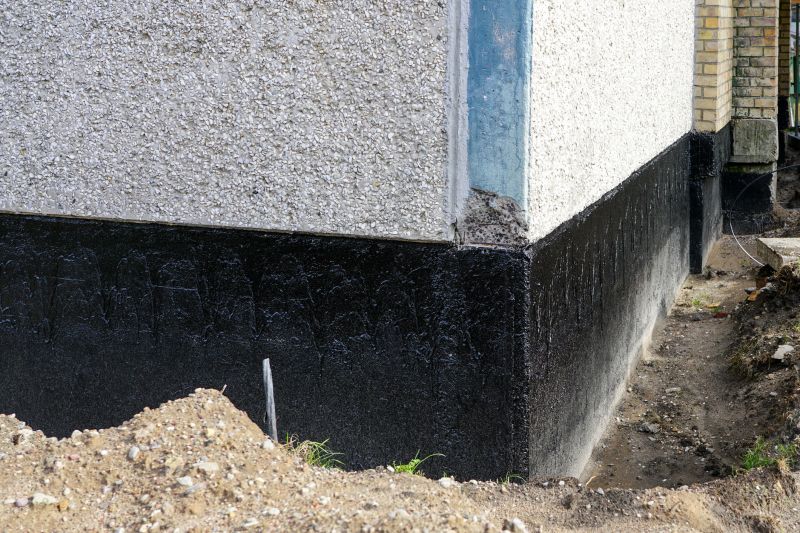
A frequent mistake in Waterproofings and how to dodge it.

Small tweaks to make Waterproofings safer and easier to use.

Lower-waste or water-saving choices for Waterproofings.
| Season | Ideal Conditions |
|---|---|
| Spring | Moderate temperatures, increasing moisture, suitable for most waterproofing materials. |
| Summer | Warm and dry, optimal for curing and sealing. |
| Fall | Cooler temperatures, lower humidity, good for preparation before winter. |
| Winter | Freezing temperatures, generally unsuitable for waterproofing applications. |
Choosing the appropriate time for waterproofing depends on local climate conditions and specific project requirements. Consulting with waterproofing specialists can help determine the best season for application, ensuring long-lasting protection against water damage.
Interested in waterproofing services? Filling out a contact form can provide detailed information tailored to specific needs and property conditions.

